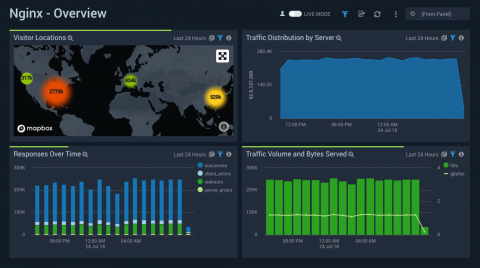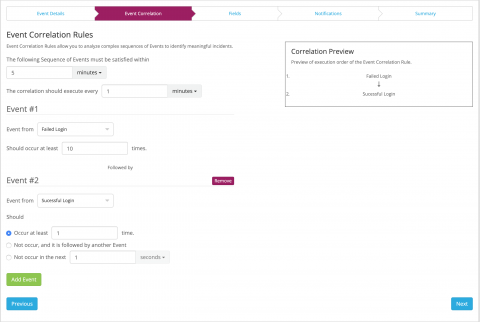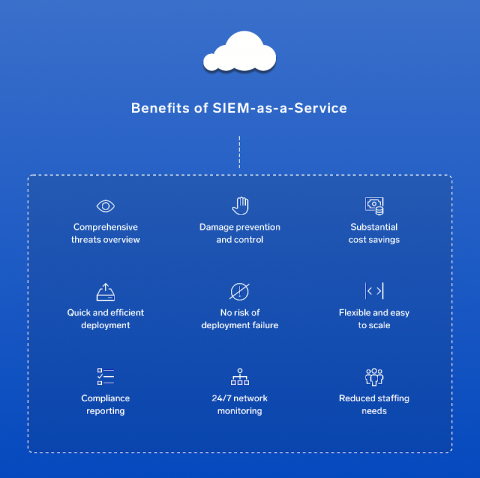How to Monitor NGINX Logs with Sumo Logic
If you’re just joining us, I highly advise you to go back and check out our first two parts of this three part series regarding NGINX and Sumo Logic where we go over a basic Introduction to NGNIX and also Touch Up On NGINX, Logs, and Why Logs Are Important. If you’ve been following along, then great, let’s jump right into it.











